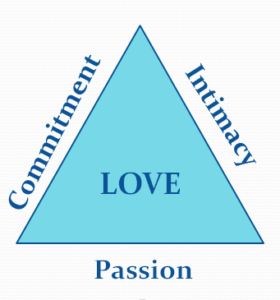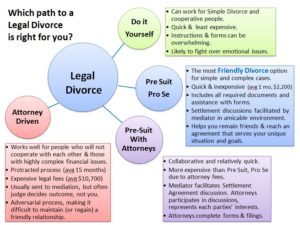How to Stop Cheating Before it Starts
By Jamie C. Williamson, PhD
 You may have heard the adage “Cheating is a symptom of relationship problems, not the cause of it”. With notable exceptions for certain pathologies, this statement is generally accurate.
You may have heard the adage “Cheating is a symptom of relationship problems, not the cause of it”. With notable exceptions for certain pathologies, this statement is generally accurate.
So, the time to protect your relationship from an affair is long before your partner feels the need to seek attention or support outside your relationship.
Extant research conducted over the last two decades shows that between 20 and 26 percent of married men cheat and between 10 and 19 percent of married women cheat. As reported in Life Science Magazine, these numbers have remained consistent over the last twenty years.
The difference now is that relationship partners have a lower tolerance for cheating because attitudes about marriage have changed. As more women earned higher education and entered the workforce, married couples began looking for their spouse to be their best friend, their confidante, their parenting partner, their homemaking partner, their wage-earning partner, and an amazing lover.
This is a lot to ask of one person. Even strong marriage partnerships can cascade downward to a betrayal if the couple is not vigilant about turning toward each other in response to daily bids for connection and, especially, when repairing their relationship after regrettable incidents.
Bolster Trust to Prevent Betrayal
Couples who successfully protect their relationship from an affair understand how to bolster trust to prevent a betrayal. Trust is built on a solid, reciprocal foundation of predictability, dependability, and faith – the three building blocks of trust. When trust is fully present in a relationship, partners perceive that they will behave in a consistently positive manner toward each other, that they will be reliable when it counts, and that they will continue to be responsive and caring to each other, which includes “turning toward” each other’s bids for attention AND not doing things that they know will hurt the other’s feelings.
Turn Toward Each Other When You Make Mistakes
Happily-married couples expect each other to work on maintaining relationship trust. However, they also accept that they will let each other down from time to time. When these regrettable incidents happen, happily married couples “turn toward” each other and work together to repair the damage. This repair work involves fully processing the negative event and the feelings around it. As such, it lets the couple move past the incident, close their discussion about it, rebuild trust, and remain close.
Couples who “turn away” from each other after a regrettable incident don’t fare as well. Instead of showing empathy, regret, and forgiveness, couples that turn away from each other place blame, become defensive, and hold a grudge. As a result, the regrettable incident becomes an open sore between them and festers. This creates negative feelings that infect the couple’s reactions to other issues, and leads to flooded arguments, contempt, and “turning against”.
Sometimes the “turning away” is less obvious and involves simply avoiding any discussion of the incident. Avoiding discussion of important negative incidents may initially seem to keep the peace, but soon the unprocessed negative feelings coalesce into either (a) surprisingly negative reactions to other unrelated issues or (b) avoidance of other issues, and eventually avoidance of the other partner, intimacy decay, and loneliness.
Keep Them from Asking “Would I be Happier With Someone Else?
Both types of “turning away” lead to relationship decline, create emotional distance within the relationship, and serve to justify the conclusion by one or both people that the other is “not there for me”. This often prompts people to begin comparing their partner to real or imagined alternatives and asking, “Would I be happier with someone else”?
And here is where the downward cascade from unrepaired broken trust to outright betrayal often begins.
It’s a long path from “turning away” from your partner when regrettable incidents occur to actively “turning toward” others to have your needs met or to find what is now missing from your relationship. Nonetheless, the tumble to real betrayal begins when couples fail to “turn toward” each other, especially in the aftermath of a regrettable incident, large or small.
Turning toward each other to meet each other’s daily attempts to connect, especially after a regrettable incident, establishes trust and allows couples to remain close. So, then, they never ask the question “Would I be happier with someone else”? Or if they do, the answer is a resounding “no way”.
If you and your partner have let each other down and need to repair the trust in your relationship, summon the courage to turn toward each other and fully process your negative feelings with all the honesty, empathy, regret, and forgiveness required to truly put the incident behind you. Take action to stop cheating before it starts.
Let me know if I can help.
Jamie C. Williamson, PhD is a FL Supreme Court Certified Family Mediator and Couples Counselor who is part of the Gottman Referral Network. She is an owner and partner at Amity Mediation Workshop, a mediation practice specializing in “friendly divorce” mediation and psycho-educational sessions for couples and co-parents. Dr. Jamie speaks frequently on relationship topics and authors the blog “Work it Out”. You can find her online at amitymediationworkshop.com.

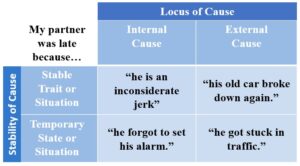
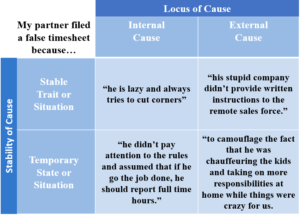























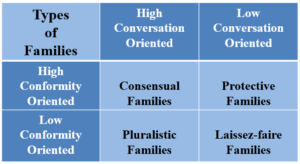

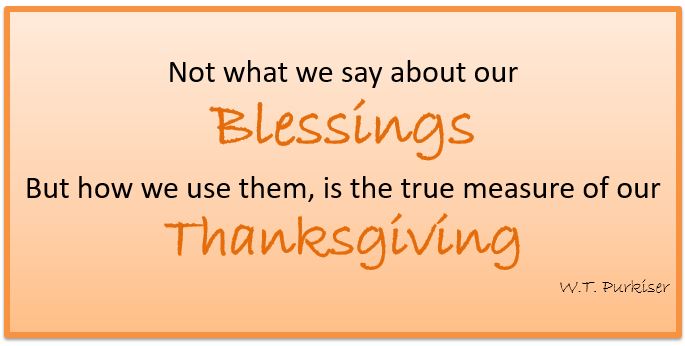





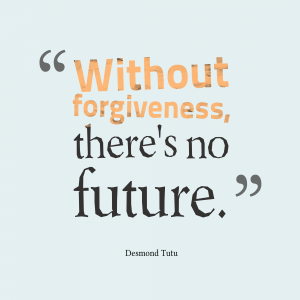
 In the end, forgiveness is a choice.
In the end, forgiveness is a choice. 






